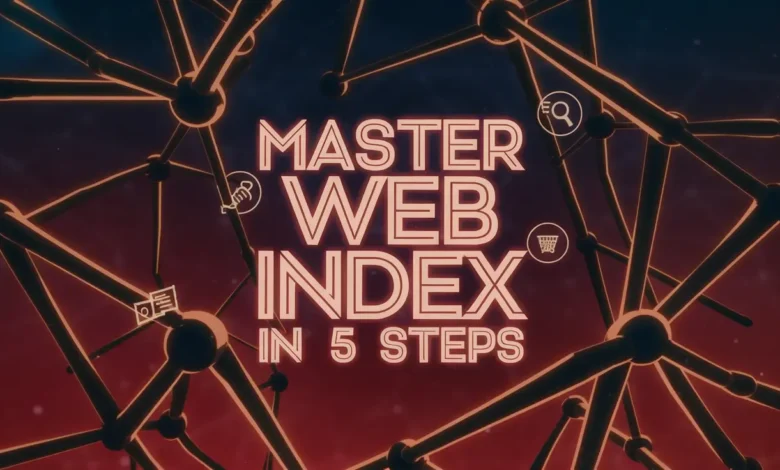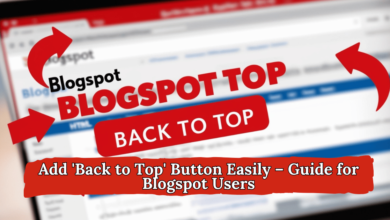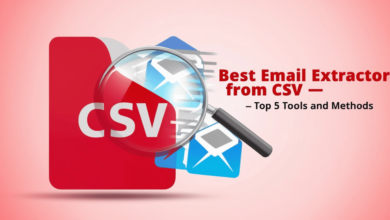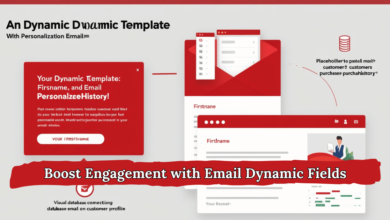
Web indexing, the process of collecting, analyzing, and storing web pages for future retrieval, is essential for making the web accessible. When a user types a query into a search engine, it’s the indexing process that allows relevant pages to be retrieved quickly and efficiently. Without indexing, it would be nearly impossible for users to find the information they need from the vast expanse of the web.
Understanding web indexing is crucial, not just for website owners but for anyone interested in how search engines function. From SEO experts to content creators, web indexing impacts everyone involved in the digital landscape.
How Web Indexing Works
At its core, web indexing involves three main stages: crawling, storing, and organizing data. Let’s explore each phase in detail.
Crawling: The First Step
Crawling is the initial stage, where search engines send bots (also known as spiders) to explore the web. These bots scan websites for content, links, and other elements. The goal is to gather as much data as possible for indexing.
Storing and Organizing Data
Once the crawl is complete, the data collected needs to be stored. Search engines organize this data in massive databases, ensuring that it can be accessed quickly when needed.
Indexing Algorithms
Search engines use complex algorithms to decide how to categorize and rank pages in the index. Factors like keyword relevance, page structure, and backlink quality all influence how a page is ranked in the index.
Types of Web Indexing
There are various ways to index the content found on the web. Let’s break down the most common types:
Full-text Indexing
This is the most comprehensive type, where every word on a page is indexed. Full-text indexing is beneficial for large, content-rich websites.
Metadata-based Indexing
This type of indexing focuses on the metadata of a web page, such as titles, descriptions, and tags. It’s useful for categorizing content without indexing the entire page.
Hybrid Indexing
As the name suggests, hybrid indexing combines both full-text and metadata indexing. It allows for a more refined search, balancing efficiency with thoroughness.
Web Indexing vs. Web Crawling
Many confuse web indexing with web crawling, but they are two distinct processes that work together.
Key Differences
Crawling refers to the act of bots scanning and collecting data from websites, while indexing is the process of organizing and storing this data. Think of crawling as gathering raw materials, while indexing is the sorting and cataloging of those materials for future use.
How They Complement Each Other
Without crawling, there would be no data to index, and without indexing, there would be no way to retrieve the crawled data efficiently. Both are essential for the smooth operation of search engines.
The Role of Web Indexing in SEO
Web indexing plays a crucial role in search engine optimization (SEO). If a website isn’t indexed, it won’t appear in search results—no matter how well it’s optimized otherwise.
Why Web Indexing Matters for SEO
Indexing allows search engines to discover your content. Proper indexing ensures that your content is accessible to users when they search for relevant topics. If search engines can’t index your website, it will never appear in search results.
Boosting Your Website’s Visibility
By improving your web indexing, you increase the likelihood of your site being ranked higher in search results. This means more organic traffic and greater visibility.
Key Players in Web Indexing
Search engines are the key players in web indexing, with the top contenders being:
As the world’s leading search engine, Google’s indexing algorithms are the most advanced. Google uses its proprietary bots to crawl and index billions of web pages daily.
Bing
Microsoft’s search engine, Bing, also plays a significant role in web indexing. While its algorithms may differ slightly from Google’s, Bing remains an important player in the search engine market.
DuckDuckGo and Others
Privacy-focused search engines like DuckDuckGo are also worth mentioning. These engines index the web without tracking user data, making them popular among privacy-conscious users.
Factors Affecting Web Indexing
Several factors can influence how well and how quickly your site is indexed.
Website Structure
A well-organized website structure makes it easier for search engine bots to crawl and index your site.
URL Optimization
Properly formatted URLs with keywords can enhance your website’s indexing potential.
Use of Sitemaps
Sitemaps act as a guide for search engine bots, helping them navigate and index all pages on your site.
Challenges in Web Indexing
Not all websites are indexed equally, and various challenges can slow down or prevent indexing.
Duplicate Content
Search engines may struggle to index pages with duplicate content, often choosing to ignore them altogether.
Dynamic URLs
URLs that change frequently can confuse search engines, leading to indexing issues.
Crawling Limits
Bots have a limited crawl budget, meaning they can only scan a certain number of pages in a given time frame.
Best Practices for Optimizing Web Indexing
Here are some tried-and-tested strategies to improve your site’s indexing.
Improving Crawlability
Ensure that your site is easy for search engine bots to navigate by improving its structure and internal links.
Optimizing Robots.txt
This file tells search engines which parts of your site to crawl and which to avoid. Make sure it’s configured correctly.
Using Canonical Tags
Canonical tags help prevent duplicate content issues, ensuring search engines index the correct version of your pages.
The Impact of Mobile-First Indexing
As mobile usage grows, Google’s focus has shifted toward mobile-first indexing.
What Is Mobile-First Indexing?
In mobile-first indexing, Google primarily uses the mobile version of a site for indexing and ranking.
Adjusting to Google’s Mobile Indexing Trends
Ensure your site is mobile-friendly, with responsive design and fast loading times, to keep up with this indexing shift.



